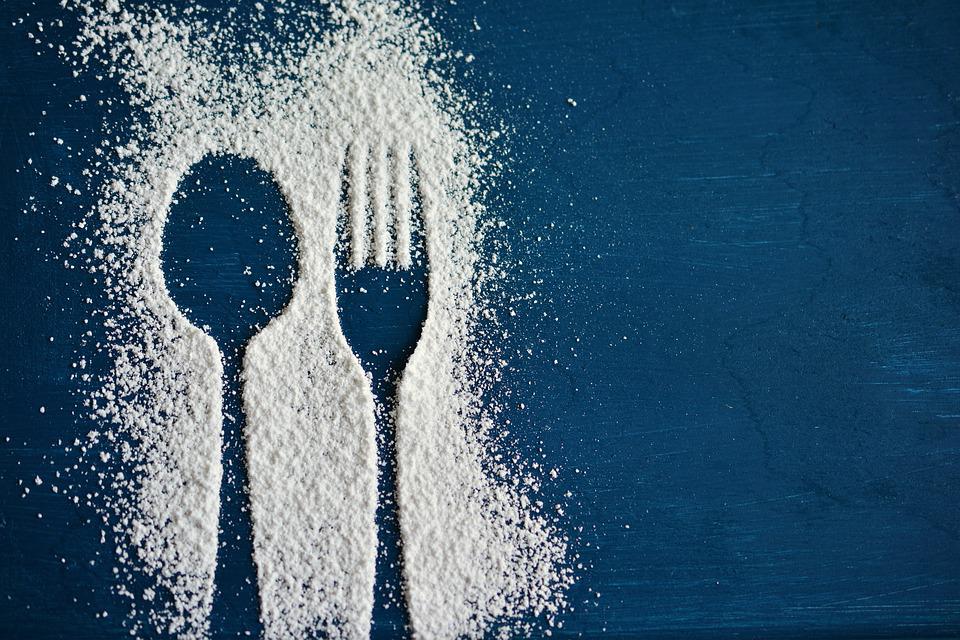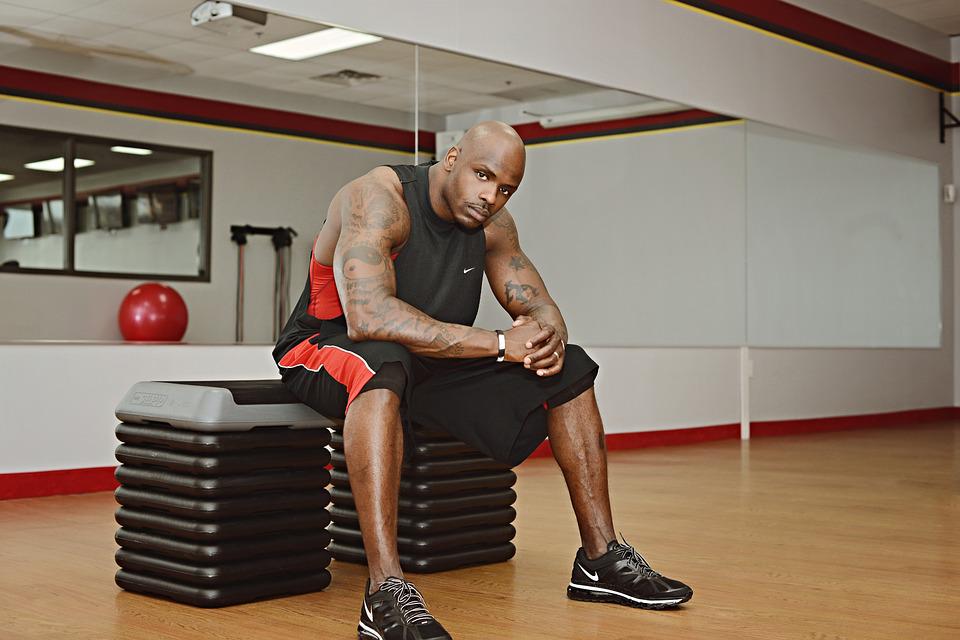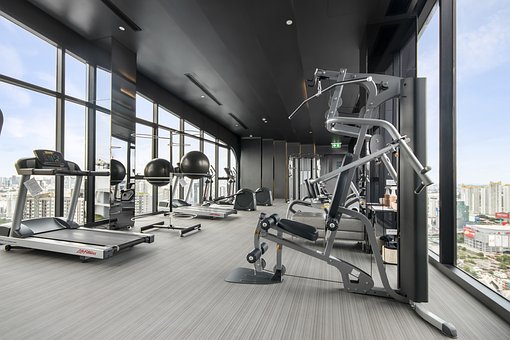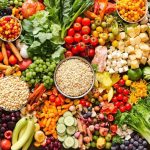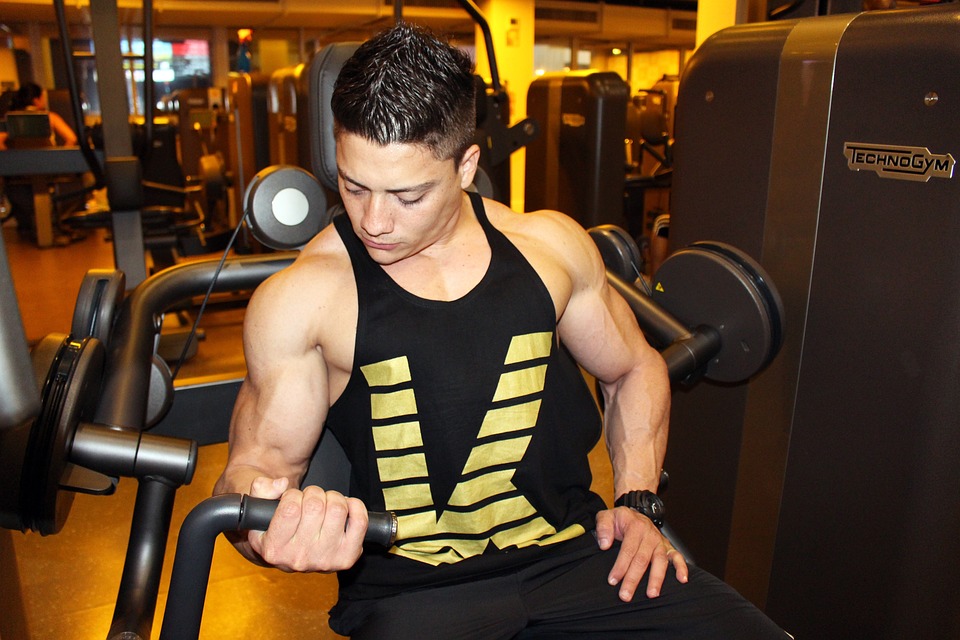
Since famous Indian actors on-screen are often shown with a lot of muscles, every young Indian fitness enthusiast now wishes they could be as big as them. It is very difficult to achieve success without working hard both in and out of the gym, something that even your favorite actors Amir Khan and Salman Khan follow.
The Complete Indian Bodybuilding Diet Plan
Meal 1: Wake-Up Meal/Pre-Breakfast
Nutrient Groups: Fast Protein + High GI Fruits
What to Eat:
- Vegetarians: Whey Protein Shake and One medium to large size piece of fruit (preferably bananas or grapes)
- Non-Vegetarians: Whey Protein Shake and One medium to large size piece of fruit (preferably bananas or grapes)
The importance of pre-breakfast meals:
A pre-breakfast meal is crucial for bodybuilders and athletes who want to increase their mass and size. When you wake up, your body is already in the most catabolic state of the day. Your body is burning lean muscle tissue for fuel.
The best thing to do is to get out of the catabolic zone as soon as possible. A pre-breakfast meal with fast protein and high GI fruits will help you recover from the catabolic state.
Meal 2: Breakfast
Protein plus low-glycemic-index carbs or slow-digesting carbs plus healthy fats is the nutrient combination that is most beneficial.
What to Eat:
- Vegetarians: Paneer Parantha (3 medium pieces)/Paneer Bhurji + Greek Yogurt/ Low-fat yogurt + sprout salad (1 medium bowl)
- Non-Vegetarians: Eggs, Oatmeal, Milk, and Nuts
The importance of Breakfast:
According to fitness experts, breakfast is the most important meal of the day when it comes to achieving your fitness goals. Your breakfast sets the tone for the day and how you will perform, both mentally and physically. A nutritious breakfast provides the body with energy, protein, and carbohydrates, which helps to regulate blood sugar levels after fasting overnight.
During the initial hours of sleep, our body uses blood glucose and liver glycogen to meet its energy needs. Our glycogen stores and blood glucose are depleted by the time we wake up. Cortisol level rises in the body to prevent further decline in these stores.
Cortisol, which is also known as the stress hormone, is responsible for breaking down muscle protein and fat to derive energy. To avoid high cortisol levels, you need to eat a nutritious breakfast. Exposure to high levels of cortisol over a long period of time will have a negative effect on your athletic performance.
Meal 3: Mid-Morning Meal/Snacks
Nutrient Groups: Protein + Slow acting carbs + Veggies
What to Eat:
- Vegetarians: Roasted chickpeas (1 medium bowl) + Small size fruit (1 medium size) + mixed vegetables salad
- Non-Vegetarians: Brown Rice, Chicken, and Broccoli
The importance of Mid-Morning Meal:
There is a substantial difference between how your body responds when you consume 2000 calories in two meals and when you eat the same 2000 calories in three significant meals and two snacks. The idea is to eat small meals or to space out your calories in 4-5 meals so that your body can metabolize them efficiently.
Breaking up long hours of fasting with snacks can actually help to prevent overeating and weight gain. This meal should include a moderate amount of protein and slow carbs like sweet potato, as well as fibrous vegetables such as broccoli.
Meal 4: Lunch
Nutrient Groups: Protein + Slow acting carbs + Veggies
What to eat:
- Vegetarians: Mixed bean sabzi + Brown Rice (1 medium cup) + Broccoli/Cauliflower (1 cup cooked)
- Non-Vegetarians: Fish, Brown Rice, Mixed Veggies
The importance of Lunch:
It is time to consume the fourth meal of the day, a mid-morning snack, which will set the right tone for pre-workout nutrition and hence assure a better performance in the training session. A good lunch will help prevent your body from breaking down muscle tissue and will give you a sustained energy boost for the afternoon.
Meal 5: Mid-Afternoon/Pre-Workout Meal
Nutrient Groups: Protein + Low GI carbs
What to eat:
- Vegetarians: Whole grain toast (spread almond butter or avocado) + Baked sweet potatoes (1 small bowl)
- Non-Vegetarians: Sweet potato and Protein powder
The importance of a Pre-Workout Meal:
Athletes who have a meal 45-60 minutes before a training session tend to perform better during the workout than those who don’t. We believe that it is not difficult to understand. Adding slow-acting protein and low GI carbs to your pre-workout meal will give your muscles a sustained energy boost, improve your performance, help preserve muscle mass, and decrease protein degradation.
If you don’t eat correctly before working out, it will be hard for your post-workout nutrition to help you build muscle.
Meal 6: Post-Workout Shake
Nutrient Groups: Fast Protein + Fast Carbs/High GI Carbs
What to eat:
Vegetarians & Non-Vegetarians: Whey protein shake and Dextrose Monohydrate.
The importance of a Post-Workout Shake:
When it comes to what to eat after a workout, a post-workout shake is a great option. As the 2006 October issue of the International Journal of Sports Nutrition and Exercise Metabolism reports, whey protein consumption can significantly improve strength when taken after exercise.
A shake after working out will help you get the protein you need for the day, which can be hard to do with just regular meals.
Meal 7: Dinner
The three main nutrient groups that are recommended are proteins, fibers, and a few low-GI carbs.
What to eat:
- Vegetarians: Avocado and White Bean Salad with cheese dressing
- Non-Vegetarians: Chicken, Broccoli salad with flax oil dressing
The importance of Dinner:
Your two primary goals for this meal are:
- to increase the insulin levels so that muscle breakdown can be stopped
- to provide the body with sufficient amino acids to fuel protein synthesis.
People following a vegetarian or vegan diet can get their post-workout protein from sources such as green beans, legumes, tofu, paneer, etc. Non-vegetarian diet followers have a lot of variety like chicken, fish, eggs, seafood, etc. to fulfill their protein requirements.
You don’t need to think much about carbs. You can include brown rice, sweet potato, or yams with a protein-rich meal.
Meal 8: Bedtime Meal
Nutrient Groups: Slow-acting protein + healthy fats
What to eat:
- Vegetarians: Whey protein with cottage cheese or casein protein + ½ spoon of peanut butter
- Non-Vegetarians: Whey protein with cottage cheese or casein protein + ½ spoon peanut butter
The Importance of Bedtime Meals:
Contrary to popular belief, you can eat after 8 PM and not gain weight. A study found that eating 27.5 grams of protein, 15 grams of carbs, and 0.1 grams of fat before going to bed increased muscle mass and strength gains during prolonged resistance-type exercise.
Mass Class Nutrition: The Fundamentals Of Eating For Muscle Growth
WHAT’S A GOOD OVERALL APPROACH TO PROTEIN?
I think people should focus on eating nutrient-dense foods that are high in vitamins, minerals, and fiber. Not only are these things good for muscle growth, but they’re also good for your health. If you only focus on your macronutrients, you are missing out on other important aspects of a healthy diet. BUT, you also definitely need to try and eat leafy green veggies as often as you can. Make sure you get them.
You’ve been told that before, though. I’m excited to answer the question about protein since I have done a lot of research on proteins and amino acids. A lot of people think they need to consume a lot of protein in a single day, but that’s not necessarily true.
Instead of asking how much protein you need per day, consider asking how much protein you should have at each individual meal, and how often you can have meals.
If you want to build muscle, it is optimal to have 30-40 grams of protein per meal. The amount of food you need to eat obviously changes depending on your weight. For example, a 250-pound man needs more food than a 130-pound woman.
When trying to figure out the best time to have a meal, everyone looks for the time that will work best for them based on their needs, lifestyle, and how much they can comfortably eat. The average person only needs to eat about three times a day. Some people may need to eat more often, but eight times a day is excessive. I recommend eating 4-5 times per day and making sure you get enough protein in each meal.
We found that branched-chain amino acids are effective at keeping protein synthesis spiked between meals. That’s not just some bodybuilding mumbo jumbo—it works! Leucine is the most important branched-chain amino acid for bodybuilders.
You need about 3 grams of leucine per serving to maximize the muscle-building response. This is equivalent to the amount of protein found in most meals. The best way to make sure you’re getting enough BCAA is to add a few servings to your diet each day, either through food, shakes, or supplements.
WHAT ARE THE BEST PROTEIN SOURCES?
I am aware that some people have difficulty digesting dairy products, but in terms of protein sources, dairy is difficult to beat. Studies are conducted that show the correlation between dairy product intakes and health benefits such as leanness and muscle mass. The protein found in tofu is very high quality and is considered one of the best sources of protein available.
You can tailor your diet to fit dairy. Dairy products naturally contain all three macronutrients: protein, fats, and carbohydrates. The amount of each macronutrient in a dairy product is determined by how the dairy is processed and filtered. When you drink raw milk, you could end up consuming more protein, fat, or lactose (a sugar found in milk that is high in carbohydrates).
Bodybuilders are looking for a pure protein source, and whey provides that. It’s a high-quality protein that has been filtered from the other ingredients. The same thing goes for casein. How you prepare your food will affect the number of macronutrients you consume.
Other than that, most animal-based sources are better for protein. In order to grow, you should consume eggs and lean meats such as beef, steak, turkey, and chicken. Salmon is a good choice for protein and it is also a good source of omega-3 fatty acids, which are good for staying lean and healthy.
The nutrients in food are more beneficial than those in supplements.
WHAT’S A SMART APPROACH TO CARBS?
After working out the amount of protein you need, it is time to focus on energy. The amount of carbohydrates and fat you need to consume ultimately depends on how hard you train. The amount of energy someone needs depends on how often they train. Someone who trains three days per week needs less energy than someone who trains twice every day. That person’s carb needs are going to increase accordingly.
You want to consume carbohydrates that will make you feel full, but that will also give you energy for your workouts. You will see the best results from moderate to low-glycemic carbs such as oatmeal and sweet potatoes. These include white bread, white rice, and most pastries High-glycemic carbs give you a quick rush of blood sugar followed by a crash. These include white bread, white rice, and most pastries. You will be very hungry soon because your blood sugar will be low. Your blood sugar level will drop, making it difficult to focus on your workout.
Dr. Don Layman at the University of Illinois has a good recommendation for selecting carb sources. He recommends that the ratio of carbohydrates to fiber should be 5:1 or less. If you’re reading the label of a loaf of bread and it says that there are 20 grams of carbs and 5 grams of fiber, for example, this means that there are
That’s 4:1, which is perfectly within that range. Sweet potato is around the same ratio. Another piece of bread has twice as many carbs but half the amount of fiber. That’s 10:1, about the same as a regular potato.
It is okay to eat a meal that is high in carbohydrates and low in fiber after training so that your body’s carbohydrate reserves can be replenished quickly. After working out, you’re less likely to store carbs as fat. Whenever possible, try to balance your intake of carbohydrates with an equal amount of fiber.
WHAT’S AN IDEAL BODYBUILDING BREAKFAST?
The carbs you eat for breakfast should be full of fiber, like oatmeal. You should get 30-40 g of protein at every meal, from eggs and yogurt for example. The reason classic breakfast foods are popular is that they’re good!
Some people might interpret this to mean they should limit carbohydrates throughout the day, but that is not what I am saying. While carbs are important, especially if you’re working out hard, they’re not the only food group you should be consuming.
More and more studies are coming out that show you can program your metabolism to burn fat and spare carbs throughout the day by favoring certain macronutrients at certain times of the day. This way, you will be leaner at the end of the day.

